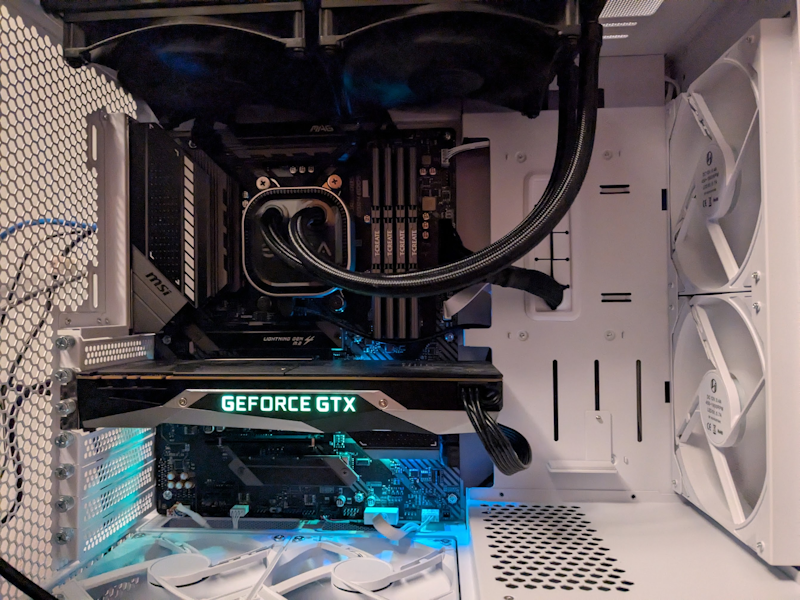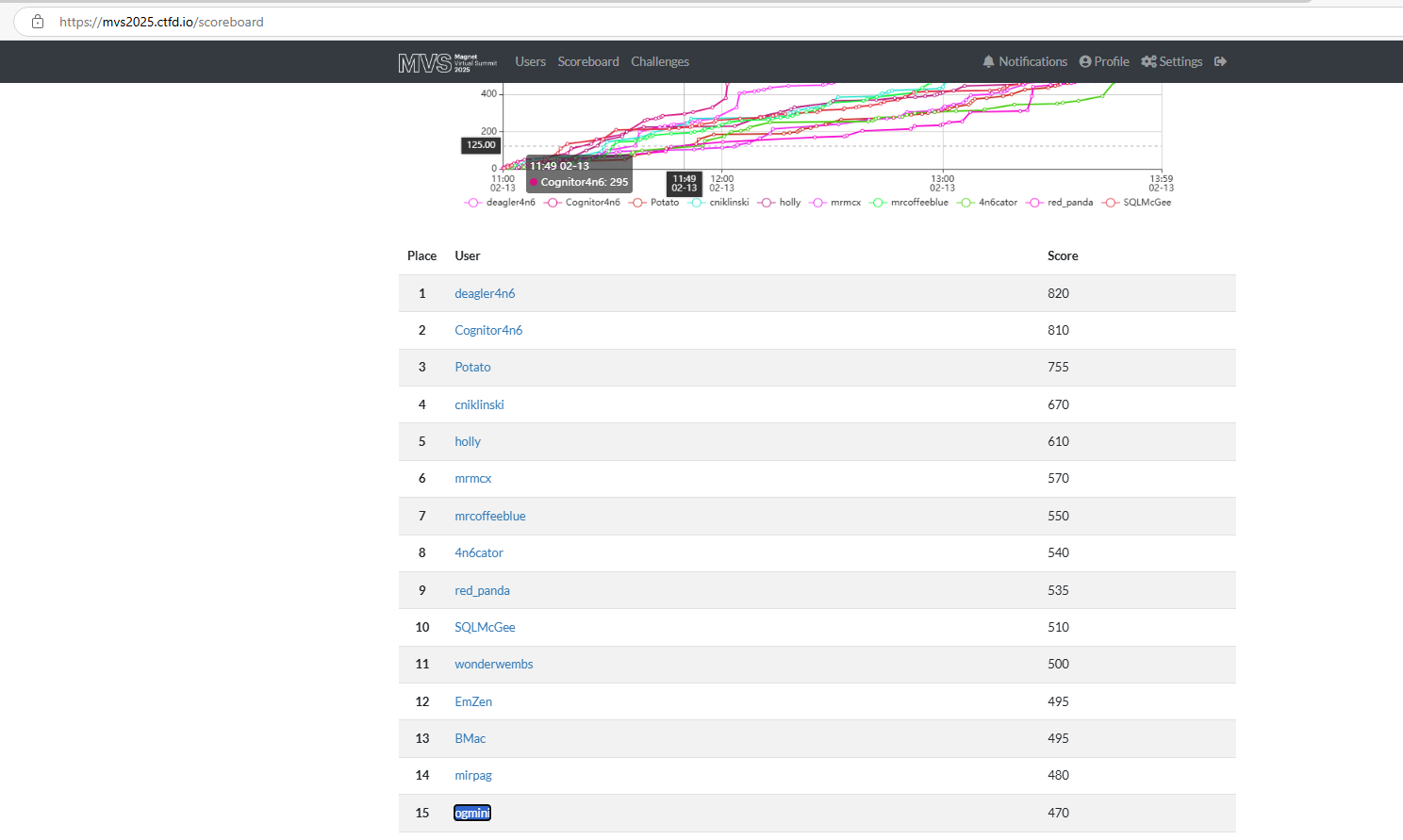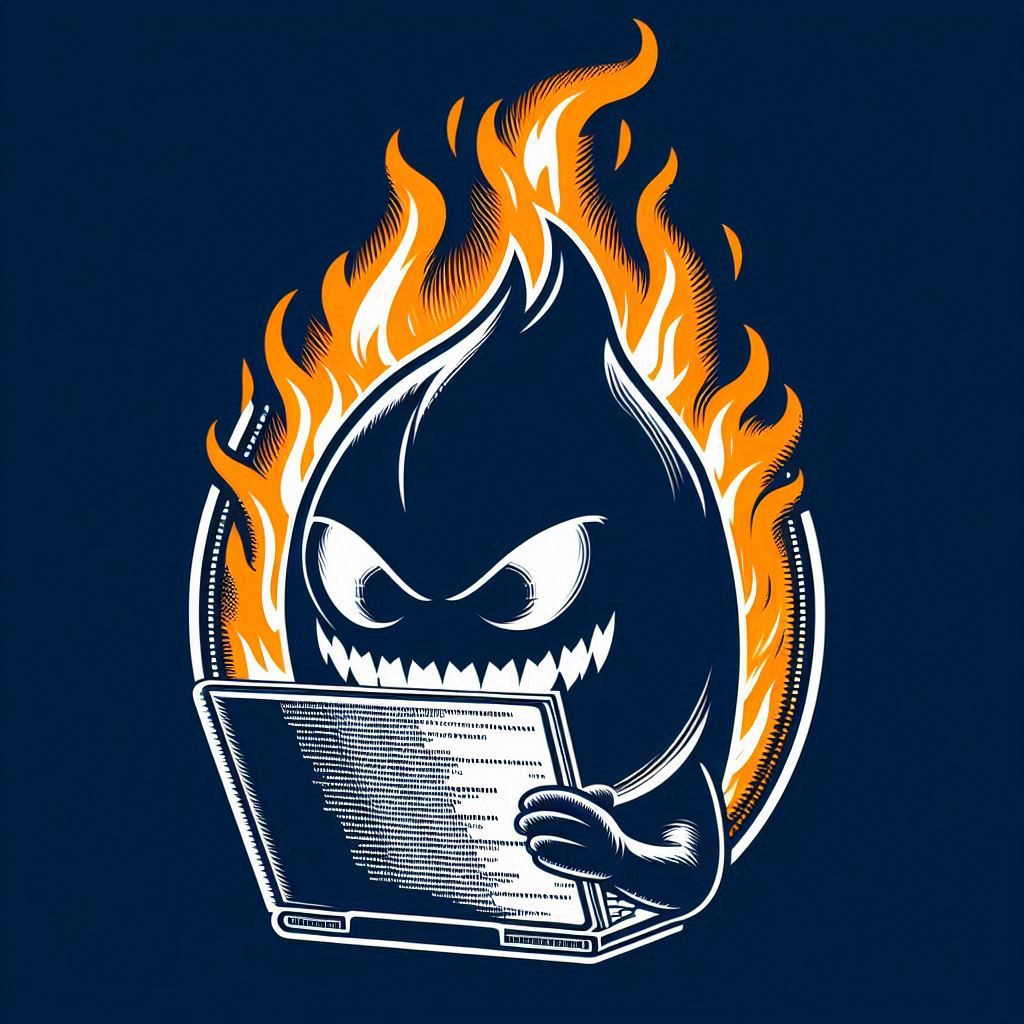In the world of Digital Forensics and Incident Response (DFIR), the line between traditional IT troubleshooting skills and forensic investigation isn’t as wide as it might seem. Both disciplines require a strong foundation in understanding system behavior, analyzing logs, and identifying the actions of users. A skilled IT professional is adept at navigating logs and system reports to identify irregularities, similar to a DFIR investigator who examines system artifacts, event logs, and network traffic to reconstruct incidents. The key similarity is the ability to trace actions across systems, understand what was done, and pinpoint where things went wrong. Whether it is identifying a user’s misstep during a hardware/software failure or determining the sequence of events leading to a security breach, both skill sets are rooted in keen investigative abilities and a methodical approach to troubleshooting.
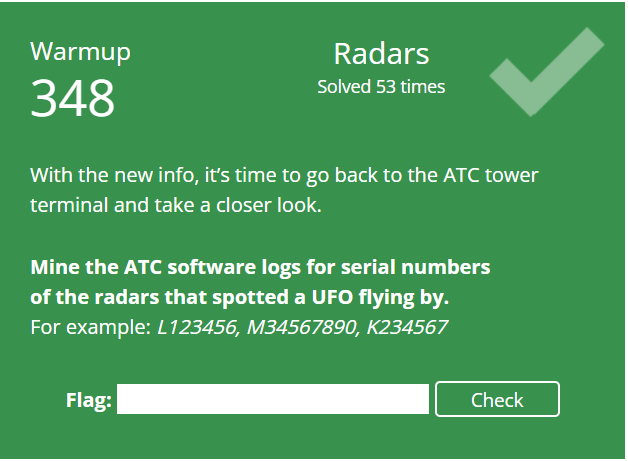
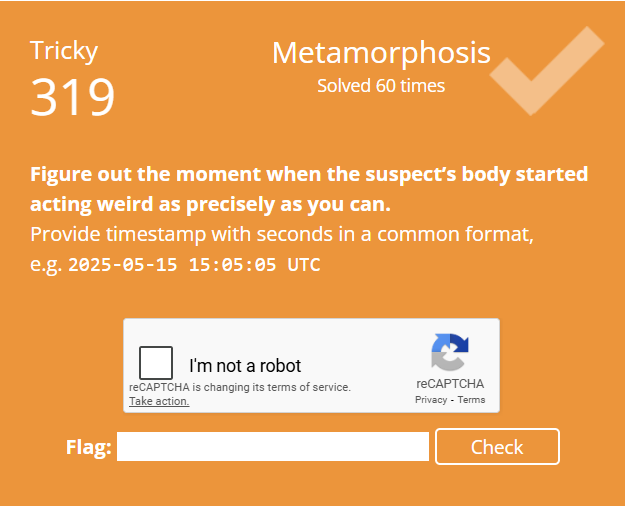
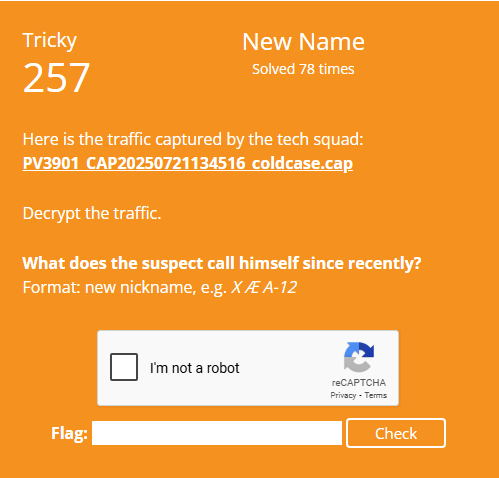

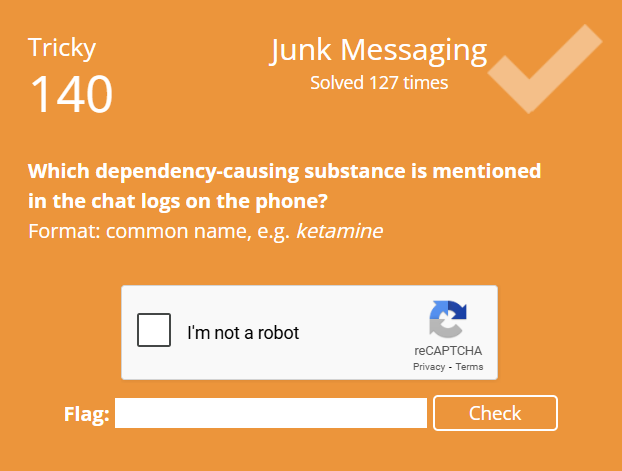
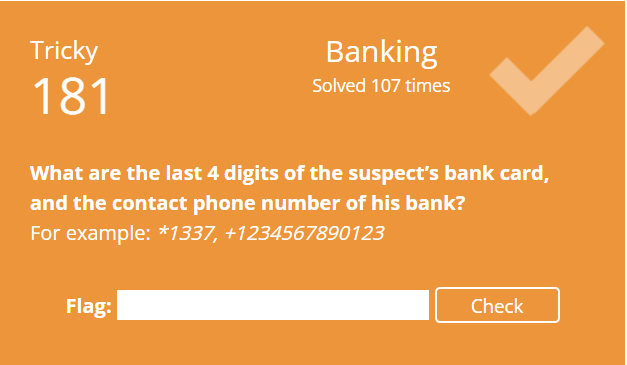

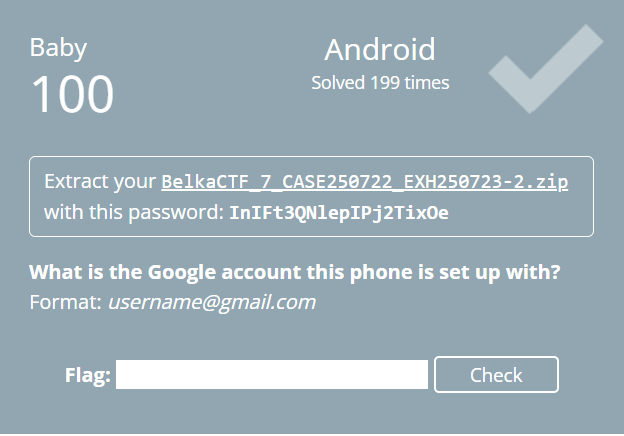
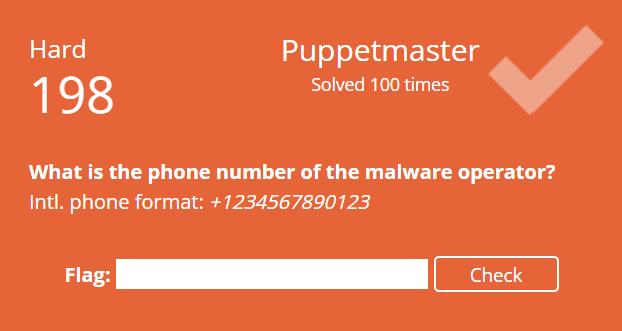
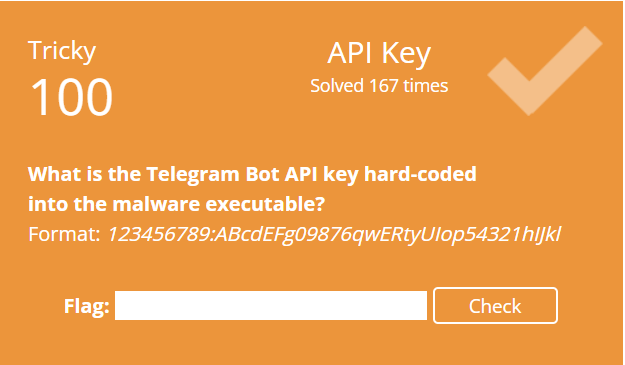
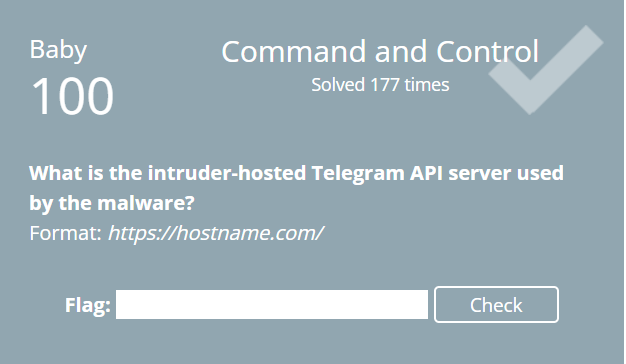
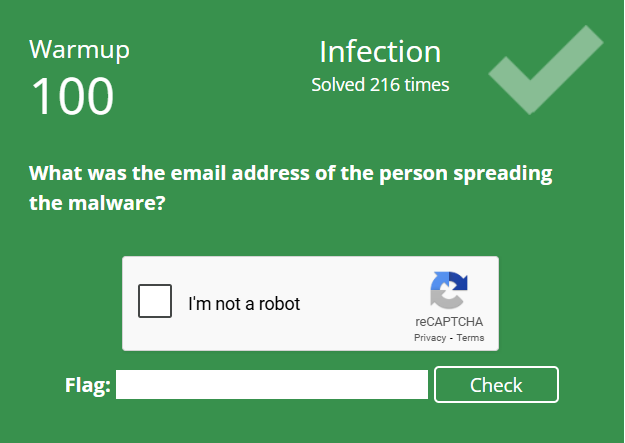
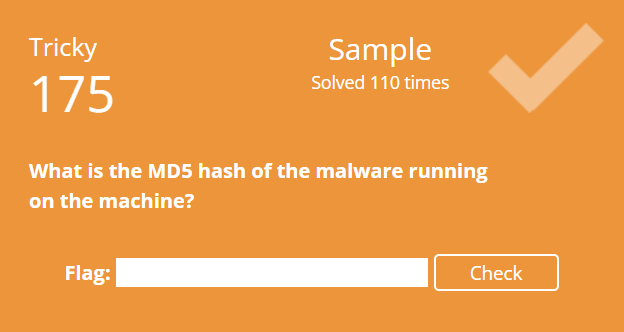
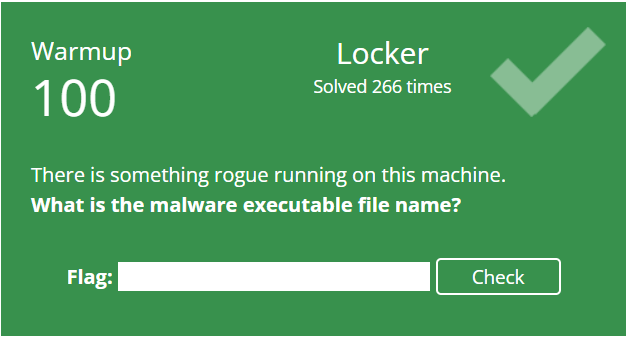
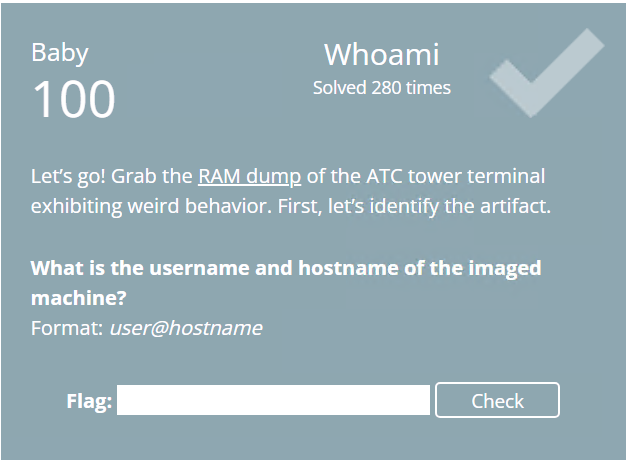
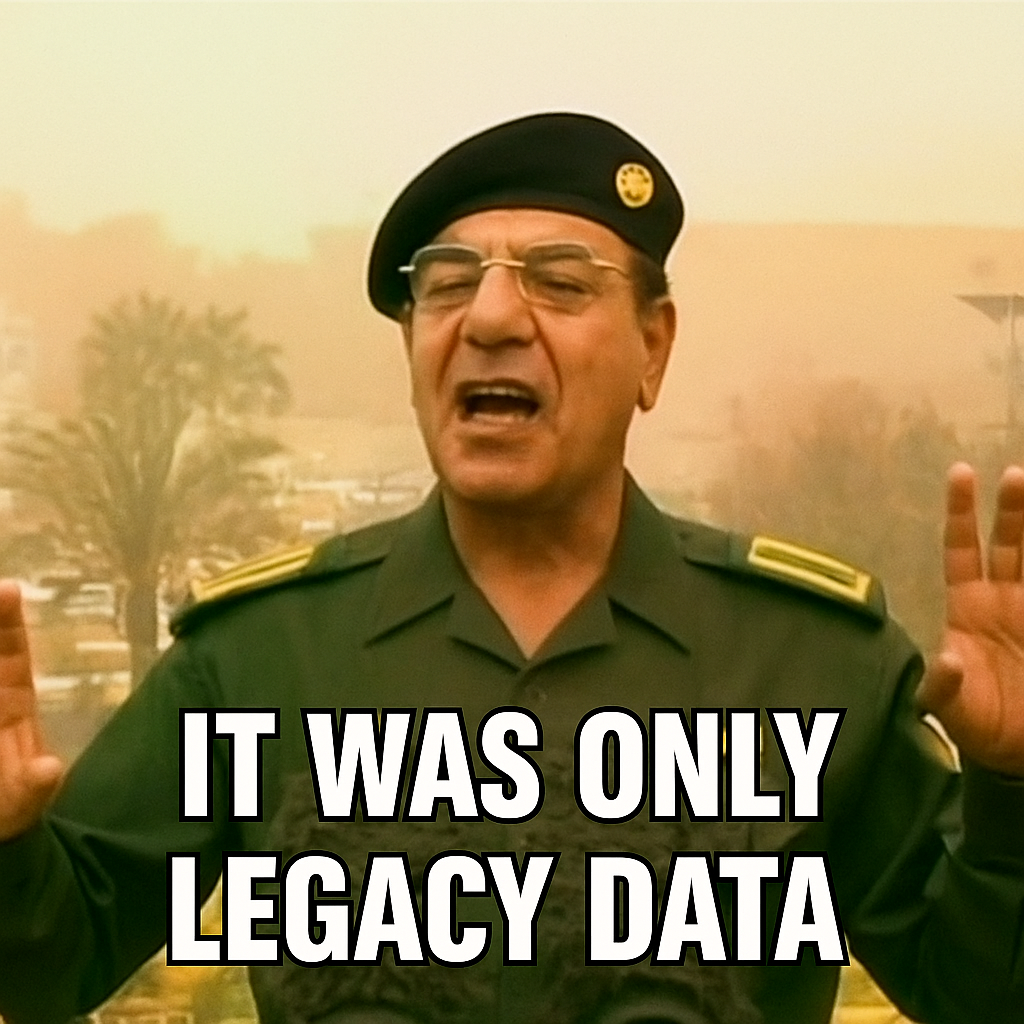



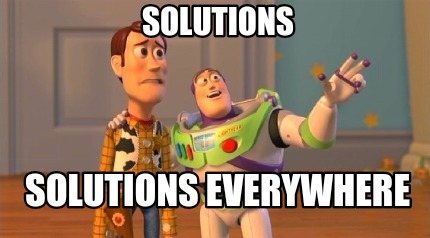 At least two solutions are possible.
At least two solutions are possible. A child could solve it?!
A child could solve it?! NASA has a SQLite DB on your Android Phone?
NASA has a SQLite DB on your Android Phone?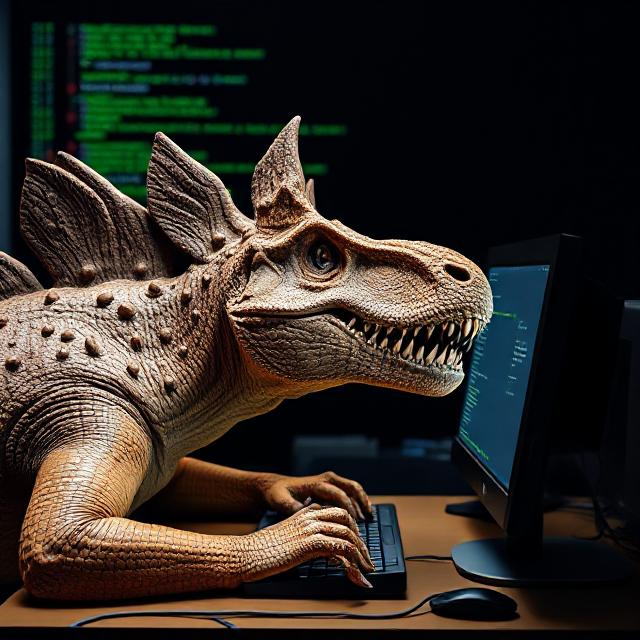 That stegosaurus hid something from us!
That stegosaurus hid something from us! There is a smaller Operating System inside!
There is a smaller Operating System inside!